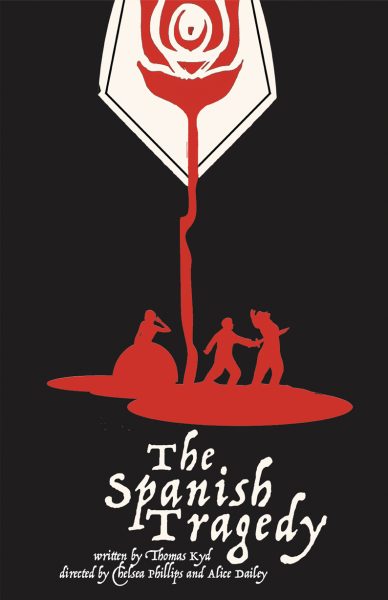‘Wrath of the Titans’ puts up fight

April 11, 2012
One can’t blame the recently released “Wrath of the Titans” for making an admirable effort to improve upon its 2010 predecessor, “Clash of the Titans.” “Wrath” is essentially a sequel of a remake of a 1981 film about Greek mythology. Surprisingly, however, this entry breathes more life into the newly-established franchise than “Clash” did two years prior.
While this film may provide wonderful entertainment for those expecting epic battles with mythological beasts, this is nearly the best of what “Wrath” has to offer. With only so much value being found in the often-tangled storyline, this installment in the series primarily relies on special effects and star power to deliver a somewhat respectable movie experience.
Like the first film, “Wrath” follows the story of Perseus (Sam Worthington), the half-human/half-god son of the mighty Zeus (Liam Neeson). The last time audiences saw Perseus, he had turned down an offer to fully ascend to the likes of his father. Now, 10 years later, he can be seen enjoying all of the relaxing luxuries that being a fisherman has to offer.
Almost immediately after this re-introduction, Zeus appears to Perseus and virtually explains the next 90 minutes of the film: the people are losing their faith in the gods, causing the chains that bind Kronos, a Titan and Zeus’ father, to weaken.
However, matters are complicated further when Zeus’ brother, Hades, and son, Ares, both turn on him upon his visit to the underworld. The two conspirators also severely injure Poseidon and vow to drain Zeus’ power in order to free Kronos.
From this point forward, the plot loosely parallels that of the first film, in which Perseus must get involved in this mess by leading a team into some incredibly dangerous places. He hops on Pegasus in order to find Queen Andromeda and Agenor, the son of Poseidon. After doing so, he must, of course, rescue his father from the underworld.
A decent portion of the movie is dedicated to churning out fragments of Greek myths, such as a chimera, the Cyclopes and the Minotaur that guards the labyrinth. Many fans of Greek mythology might be pleased with these efforts to bring such stories to life despite how quickly such references come and go.
The fact that Kronos inevitably breaks free of his confinement should be of no surprise, seeing how the Titan literally appears on one of the posters for the film, swinging his giant lava arm. This part of the movie will draw obvious comparisons to the fundamentally identical part of the predecessor, when the Kraken was released to wreak havoc upon the Greek city of Argos.
The slow-paced fight with Kronos was a considerable disappointment in comparison to the Kraken battle, especially when factoring in how fast-paced and exciting the labyrinth scene from “Wrath” had been. Nonetheless, these large-scale final battles seem to be evolving into a tradition for the franchise, and this one certainly fits the bill.
Sam Worthington, of “Avatar” fame, definitely steps up his acting game in this sequel. Being the focal point of the franchise so far, he seems to embrace the role of Perseus more admirably in “Wrath” than he did in “Clash.”
Rosamund Pike, perhaps best known as Miranda Frost from 2002’s James Bond film,”Die Another Day,” tackles the recast role of Queen Andromeda with a strength and resolve well-suited for the confidence level of her character. As virtually the only female character, she establishes herself quite nicely in the film. One of the strongest aspects of “Wrath”-aside from the special effects-was the inclusion of Liam Neeson and Ralph Fiennes as Zeus and Hades, respectively.
Both of these veteran actors bring life to the picture. Neeson dominates the screen, as he frequently does, with his intimidating yet benevolent portrayal of a weakening Zeus. Fiennes provides a chilling presence reminiscent of his recent performance as Lord Voldemort in the final “Harry Potter” film.
On a side note, the liberties taken to bring the film to theaters in 3D deserve some credit. This time around, the producers created “Wrath” with 3D built directly into the foundation. The effect looked noticeably better in this sequel than in the first film, in which 3D was merely an afterthought likely designed to bring in some extra cash.
“Wrath of the Titans” is not a bad film by any means. As far as anyone outside of the Academy is concerned, the film contains most of the features necessary to provide a satisfying experience at the movies.
Minor issues with acting and the plot aside, the action and pacing work quite well within the giant scope of the film’s setting. If this sequel was any indicator for the growth of this franchise, there appears to be little need to worry about the entertainment value of the inevitable third installment.











